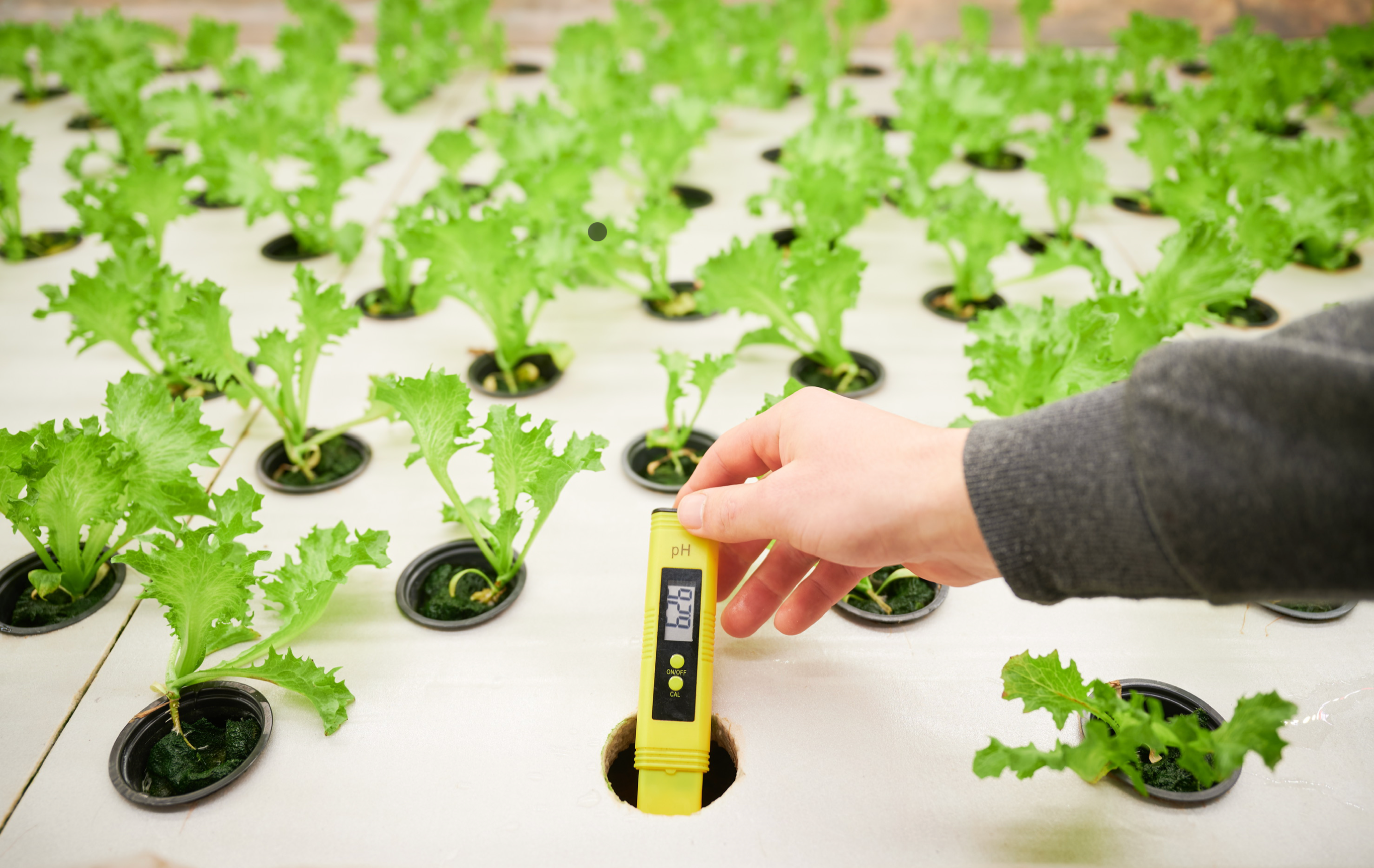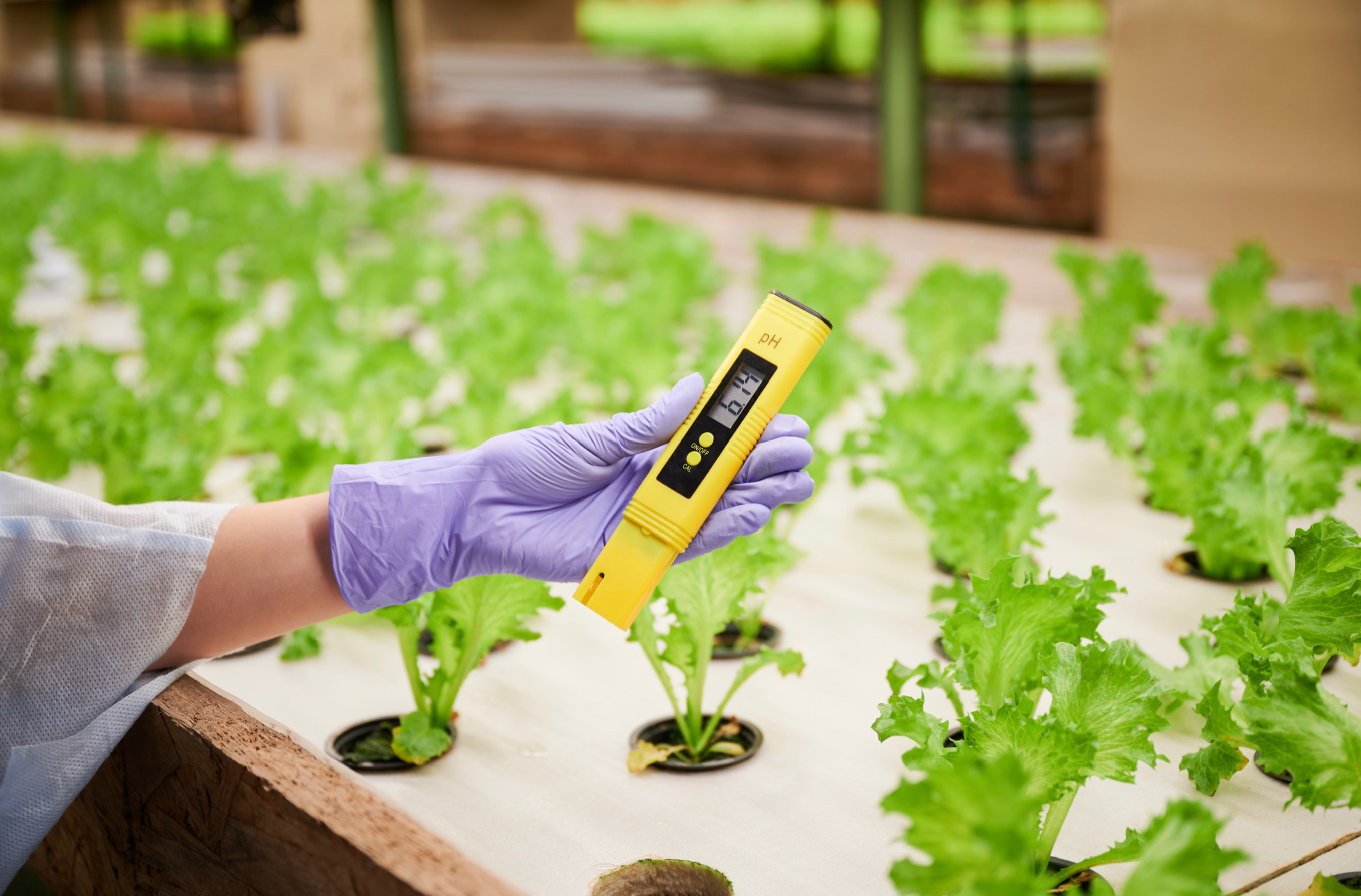Simple DIY Wood Grow Light Stand Project

How to Build a DIY Wood Grow Light Stand Project
If you’ve been looking for a grow light stand for your grow lights, but you can’t find one that fits your growing space perfectly, or perhaps they’re a bit too expensive, then going the DIY route is probably the best option for you. Making a DIY wood grow light stand is not as difficult as it might sound. Yes, you’ll need to cut the wood; however, almost every lumber store can cut the wood for you. Then all you need are some nails or screws to build your own DIY wood grow light stand. What’s great about DIY wood grow light stands is that you can customize them to fit your growing space perfectly. You can also fit accessories to them, for example, a fan to improve ventilation in your growing area. So, without further ado, let’s get to making your own DIY wood grow light stand.
Here’s what you’ll need:
- Hand saw, circular saw, or miter saw (most lumber stores can cut the wood for you)
- (2) 8ft 2×4 boards
- Handful of 2½” to 3½” long screws or nails
- (2) S-hooks
- (2) S-clips (you can use S-hooks instead of S-clips)
- (2) 1/4" x 4" eye hooks
- (4) 1/4" dia. coarse thread nuts
- (2) rubber washers
- (2) hanging chains
How you cut the boards depends entirely on what size you need your stand to be. The crossbar (or light support bar) needs to be slightly longer than your grow light. Then, you’ll need extension legs. Again, how long they’ll be depends on how high you need your grow lights to be. You’ll also need support legs; they need to be half the length of the extension legs for best support and stability.
Once you’ve cut the boards, assembling your grow light stand is quite easy. You can assemble it with nails or screws. First of all, make sure to keep the wood square as you screw the pieces together. Here are the steps to assemble your grow light stand:
- On both support legs, mark the centerline.
- On both support legs, mark a line 1¾” away from the centerline on both sides of the centerline.
- Center one extension leg between the marks on the support leg.
- Screw through the bottom of the support leg into the extension legs. Repeat for the other side.
- Screw the light support bar onto the top of the extension legs.
To mount your grow light, you’ll need to install eye hooks on the crossbar. Drill 1/4" holes through the crossbar and place the eye bolts all the way through the crossbar. One nut will be on the eye side. Fit the rubber washer and the other nut on the top.

Now you can hang your grow light on the stand. Hook the chains to eyebolts using the S-hooks. Next, hold the grow lights at the height you want to hang them at. You can trim the chain to this length or leave extra length if you want to adjust the height in the future. You can shorten the chain by hooking a link further down the chain. Use S-clips to connect the grow light to the chain. You can use S-hooks for that too, but I prefer using S-clips on the grow light end. Congratulations, your DIY wood grow light stand is ready!
For more great content check out the Proponics YouTube channel below!

By Max Barnes
Max Barnes is a long-time homesteader and author. Max grows the majority of his own food year-round using a variety of different methods, including hydroponics. Hydroponic gardening plays a huge part in his homestead and self-sufficiency goals.




